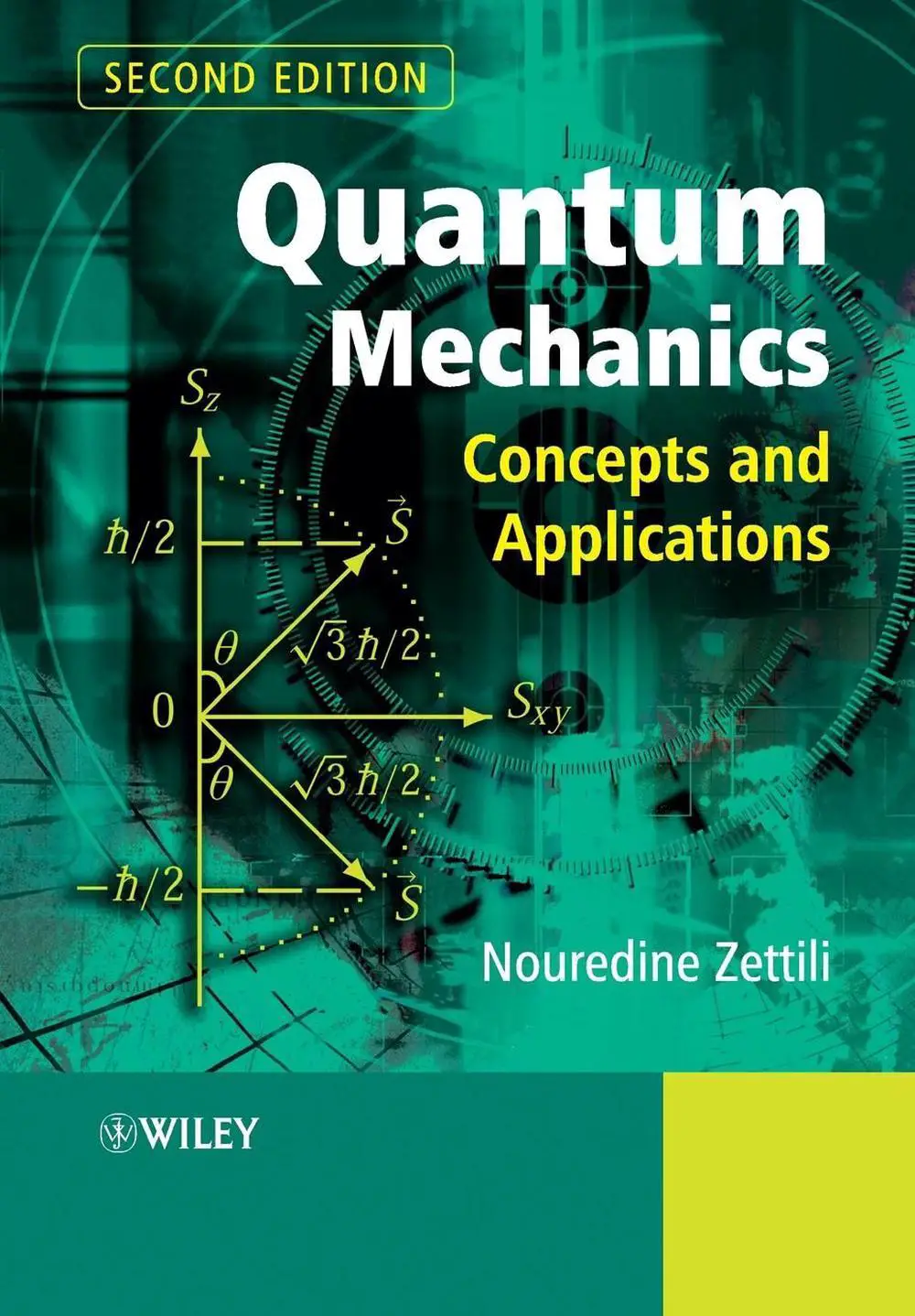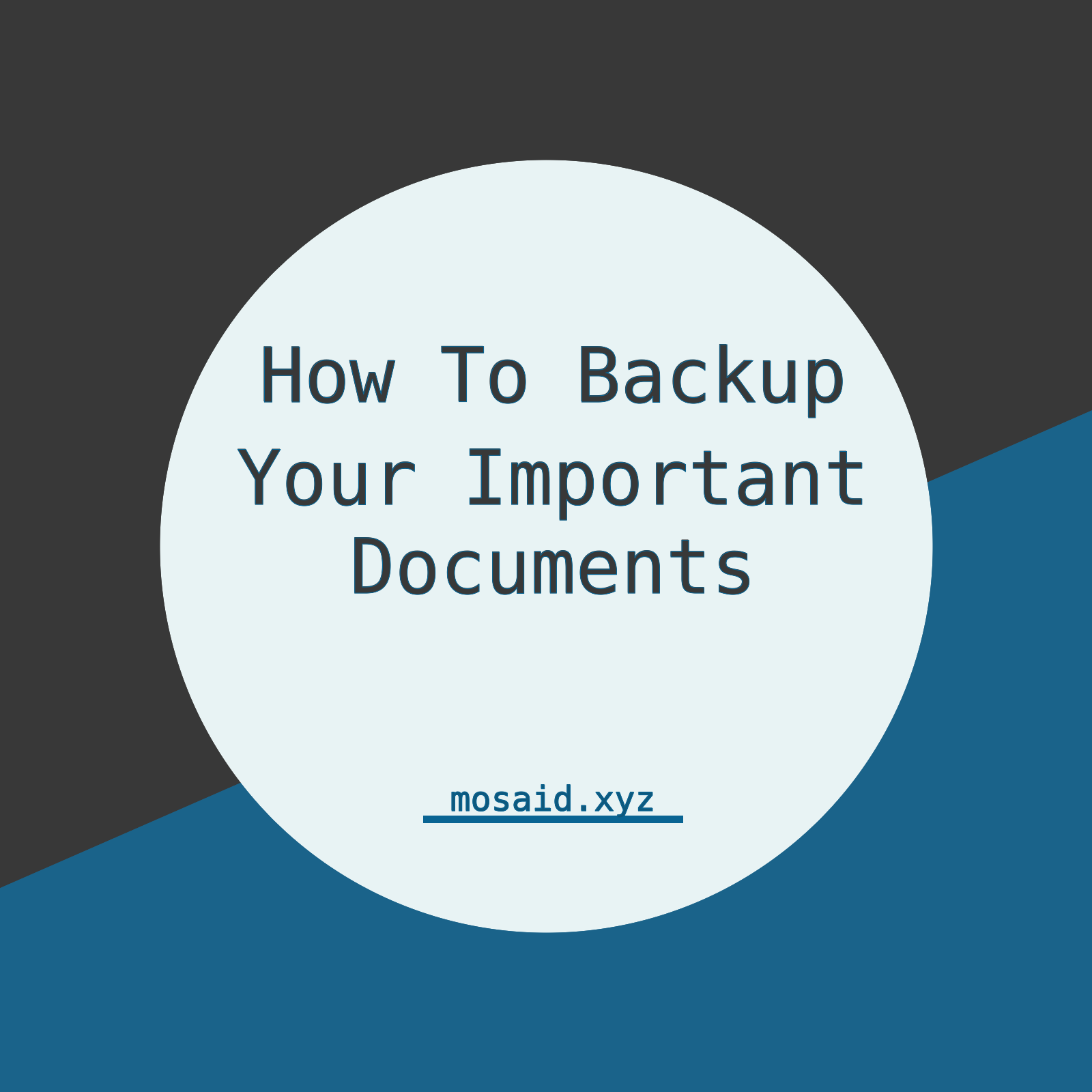
Quantum Mechanics Second Edition - Nouredine Zettili
Explore the enriched world of nonrelativistic quantum mechanics with the second edition of this comprehensive textbook. Tailored for both undergraduate and graduate courses, this book offers a well-structured, self-contained narrative accompanied by a diverse collection of examples and problems. Instructors will appreciate the provided resources, while students can master the theoretical foundations and hone their problem-solving skills. Navigate the intricacies of quantum mechanics with clarity and depth, supported by insightful revisions and valuable feedback from eight years of classroom testing. Contact the author or Wiley for complimentary resources.
pages: 690, views: 470
Eight years have elapsed since the release of the initial edition of this book in 2001. Throughout this period, numerous considerate individuals—professors who have adopted the book, researchers, and students—have graciously provided invaluable feedback. Their thoughtful contributions have played a pivotal role in shaping the second edition, and I wish to express my sincere gratitude from the outset.
The fundamental focus of the book remains unaltered: to furnish a well-organized and self-contained yet succinct text, complemented by a diverse array of fully solved examples and problems that elucidate various facets of nonrelativistic quantum mechanics. The book is crafted with a dual purpose in mind: to serve as a pedagogically sound teaching tool for instructors and to guide students in mastering the theoretical foundations while cultivating proficiency in quantum mechanics.
While the overall structure and content have been retained based on the insistence of numerous users, the second edition incorporates a series of streamlining and surgical adjustments. These modifications aim to address the weaknesses, such as typos, identified in the first edition, while enhancing its strengths. The update introduces new sections, examples, problems, and material distributed throughout the text. Substantive revisions have been made to the end-of-chapter exercises, encompassing additions, removals, and streamlining.
It is worth emphasizing that the collection of end-of-chapter exercises has undergone thorough classroom testing over several years. The book now boasts an extensive compilation of almost six hundred examples, problems, and exercises in each chapter. Each chapter features (a) solved examples designed to illustrate specific concepts within that section, (b) a plethora of fully solved comprehensive problems at the end, covering multiple concepts simultaneously, and (c) numerous unsolved exercises tailored for homework assignments.
Through this comprehensive collection, I aim to empower students to become independent learners and adept practitioners of quantum mechanics. The ability to solve problems serves as an unwavering testament to a genuine understanding of the subject.
The second edition comes with valuable resources tailored for instructors adopting the book (please contact the author or Wiley to receive these free resources). The material presented herein is suitable for three semesters: a two-semester undergraduate course and a one-semester graduate course. The question naturally arises: how to effectively integrate the book into an undergraduate or graduate course(s)? There is no one-size-fits-all answer, as it hinges on the students' background and the course(s) in question.
First and foremost, it is crucial to highlight the following observation: given the wealth of information, instructors should carefully select topics most pertinent to their students. Systematically covering all sections of a particular chapter, especially Chapter 2, may risk getting bogged down in technicalities. Instead, a highly selective approach is recommended. For example, in a one-semester course where students have not studied modern physics previously, the following topics are recommended: Sections 1.1–1.6; 2.2.2, 2.2.4, 2.3, 2.4.1–2.4.8, 2.5.1, 2.5.3, 2.6.1–2.6.2, 2.7; 3.2–3.6; 4.3–4.8; 5.2–5.4, 5.6–5.7; and 6.2–6.4. However, if students are familiar with modern physics, it is advisable to skip Chapter 1 entirely and focus on these sections: 2.2.2, 2.2.4, 2.3, 2.4.1–2.4.8, 2.5.1, 2.5.3, 2.6.1–2.6.2, 2.7; 3.2–3.6; 4.3–4.8; 5.2–5.4, 5.6–5.7; 6.2–6.4; 9.2.1–9.2.2, 9.3, and 9.4.
In a two-semester course, where there is ample time and flexibility, instructors can maneuver and select topics that best suit their students. Some topics from Chapters 7–11 can be included, but covering all sections of these chapters may be excessively time-consuming. Conversely, for a one-semester graduate course, the recommended coverage includes topics such as Sections 1.7–1.8; 2.4.9, 2.6.3–2.6.5; 3.7–3.8; 4.9; and most topics from Chapters 7–11.












